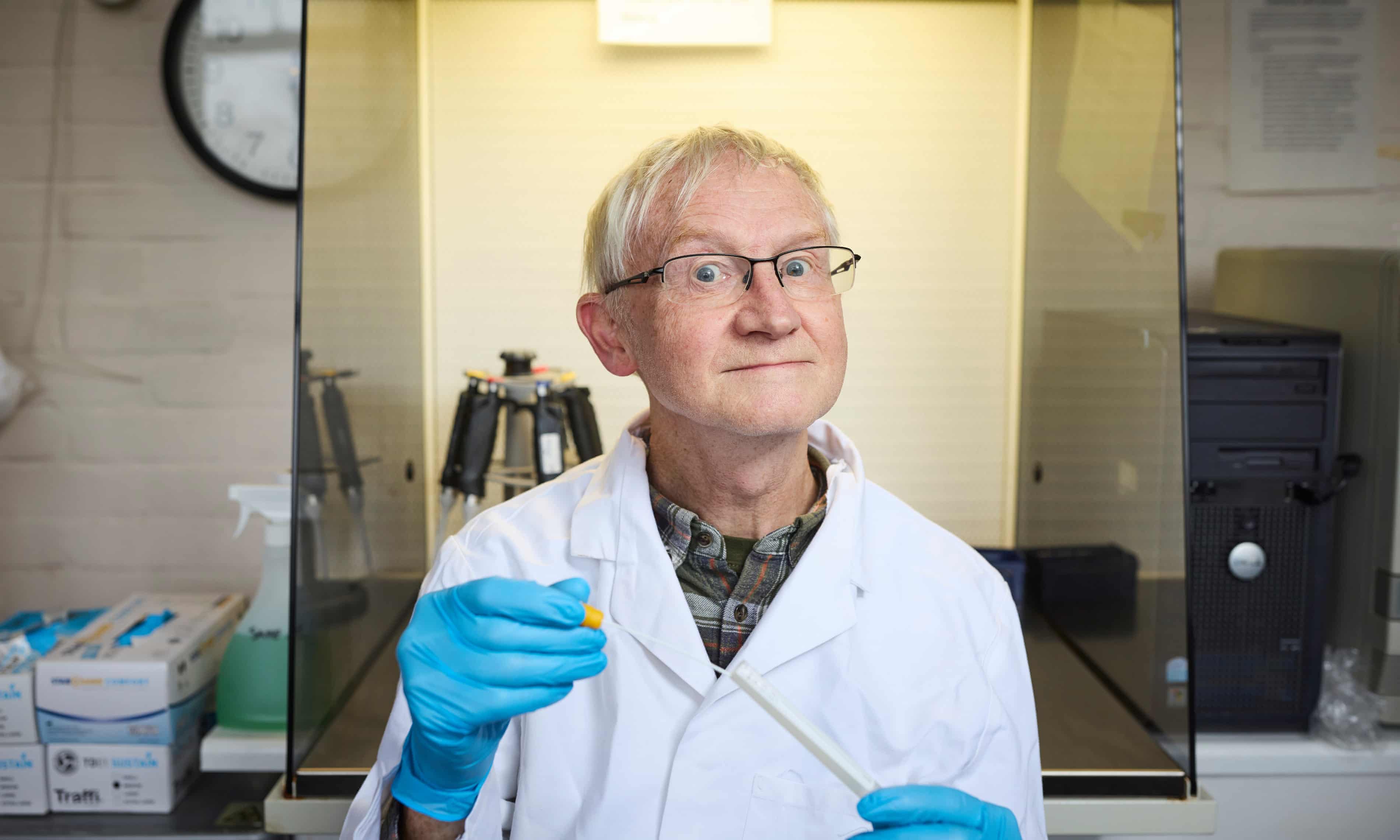
Experts realised there was a problem: frogs, toads, salamanders and newts were disappearing in their thousands around the world and nobody understood why.
A master’s student was looking into a string of unexplained amphibian deaths in a Queensland rainforest.
With the master’s student, I looked at the skin of the frogs we had been examining from the Queensland rainforests. Under a microscope, they had the same strange organisms that I had read about in the pathology reports at Melbourne Zoo. So we set up an experiment. We exposed a small number of healthy frogs to the infected skin. They all died – and they all had the organism growing in their skin.
At the same time, I knew colleagues in Panama were looking into the same problem. I told them to look at the skin of their dead frogs to see if they had the same infection. They did. We put our results together and in 1998 we published them, and announced to the world that a fungus – later called Batrachochytrium dendrobatidis – was infecting and killing amphibians globally. It attacked their skin, causing the frogs to have a sudden heart attack and die.
The most deadly strain appears to only be about 100 years old, probably transported around the world by humans, and it continues to wipe out amphibians.
So far, almost 100 amphibian species are known to have disappeared in the past 50 years and hundreds have declined in number.
This disease probably would not exist without us.